| Structure | Name/CAS No. | Articles |
|---|---|---|
 |
Piroxicam
CAS:36322-90-4 |
|
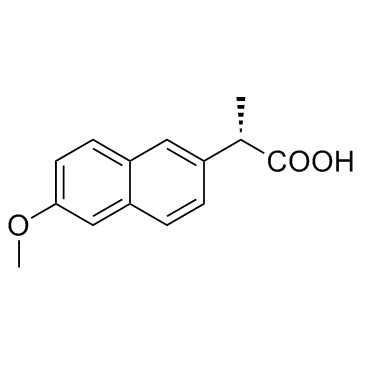 |
Naproxen
CAS:22204-53-1 |
|
 |
L-Nicotine
CAS:54-11-5 |
|
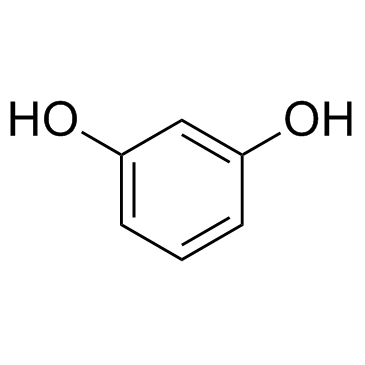 |
Resorcine
CAS:108-46-3 |
|
 |
Salicylic acid
CAS:69-72-7 |
|
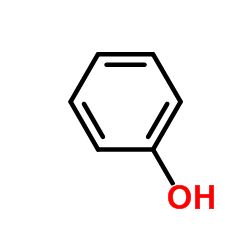 |
Phenol
CAS:108-95-2 |
|
 |
Atrazine
CAS:1912-24-9 |
|
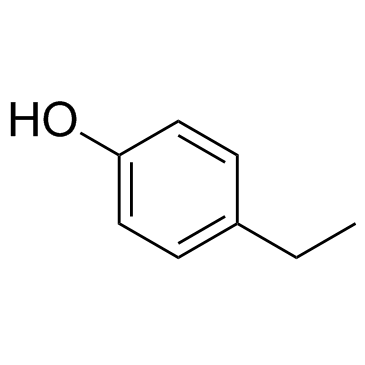 |
4-Ethylphenol
CAS:123-07-9 |
|
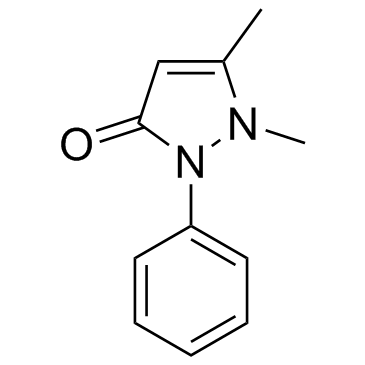 |
Antipyrine
CAS:60-80-0 |
|
 |
Thymol
CAS:89-83-8 |